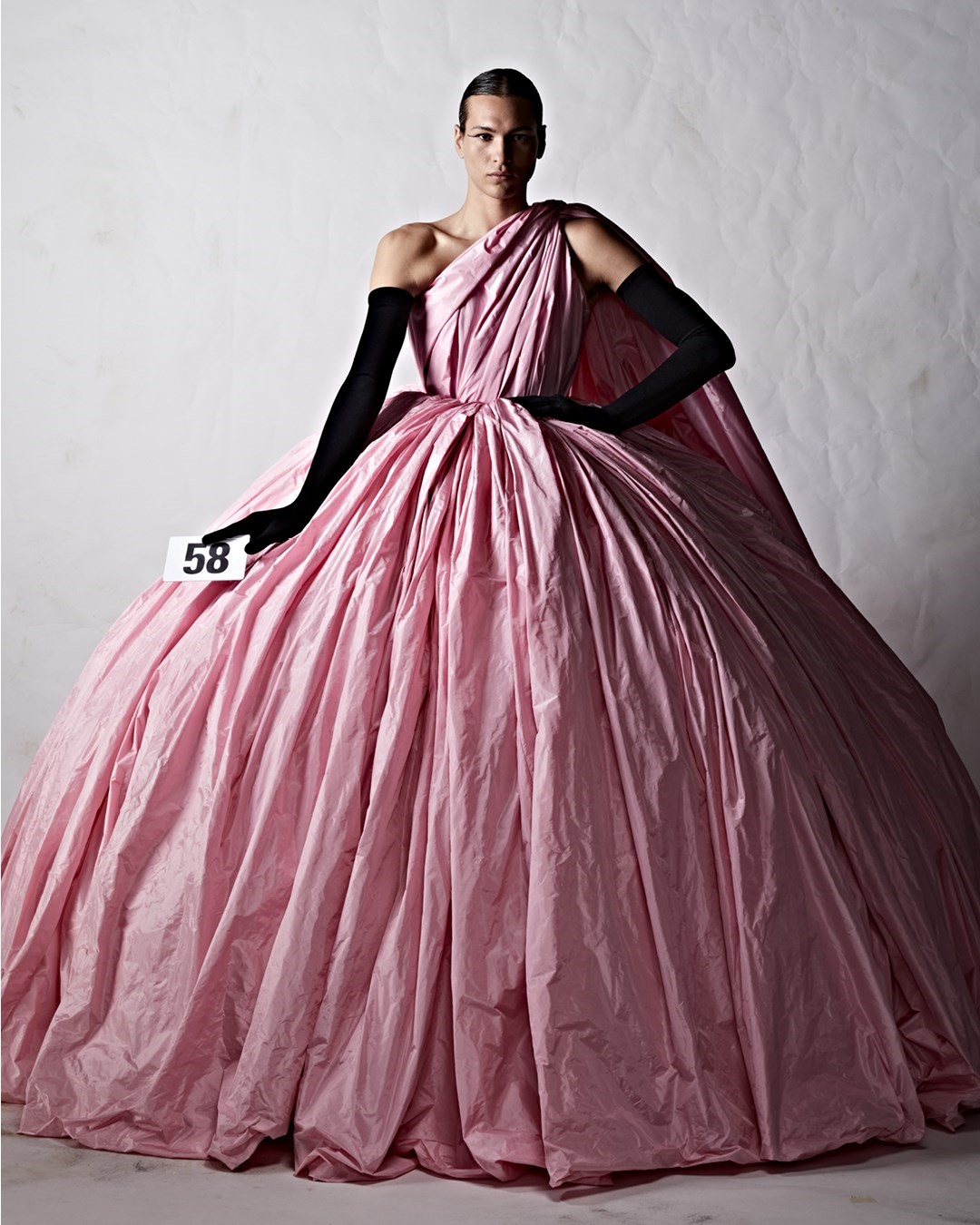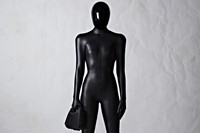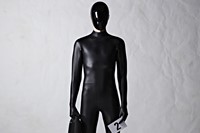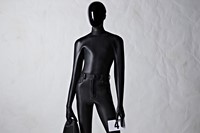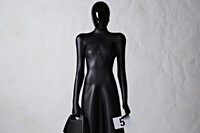Haute couture seems a very different beast today than in 1968, when Cristóbal Balenciaga shut up shop, locked his salons, and declared that the life of a couturier was the life of a dog. On Wednesday, throngs jostled outside 10 Avenue Georges V, where once many feared to tread – when a client once brought a friend to a fitting, saying she was curious to see the clothes, the house’s icy Mademoiselle Renée, directrice of the what we’d now call customer relations, sneered that “curious women are not welcome here.” Everyone was curious this time (those outside, mostly) about who was going to wear the clothes; rumours abounded that the models included Kim Kardashian, Nicole Kidman and Dua Lipa – all true. But, inside, the fascination was with the clothes, with what Demna – Balenciaga’s creative director since 2015 – would do next. And where he would take couture.
Balenciaga’s spectacular revitalisation of its made-to-measure operation has catapulted the house to the leaderboard of the haute couture, exactly where Cristóbal Balenciaga sat for roughly 30 years. And if the house’s ready-to-wear often thumbs its nose at the perfection and precision of Balenciaga’s work – arguably, the whole concept of mass-manufactured clothes bearing the name does that, whether it’s a sweatshirt or a cocktail dress – the couture hews closer to Balenciaga’s vision. Because when we look at silk gazar wedding gowns or embroidered cocktail dresses or tweed suits with the eyes of the 2020s, they look old-school, bourgeois and sedate. But, to the eye of Balenciaga’s contemporaries, his clothes were strikingly modern, visionary. Hence my feeling that Demna’s work translates the self-same ideology – we are looking for something new when we walk into the Balenciaga salons, for something that will thrust couture forwards.
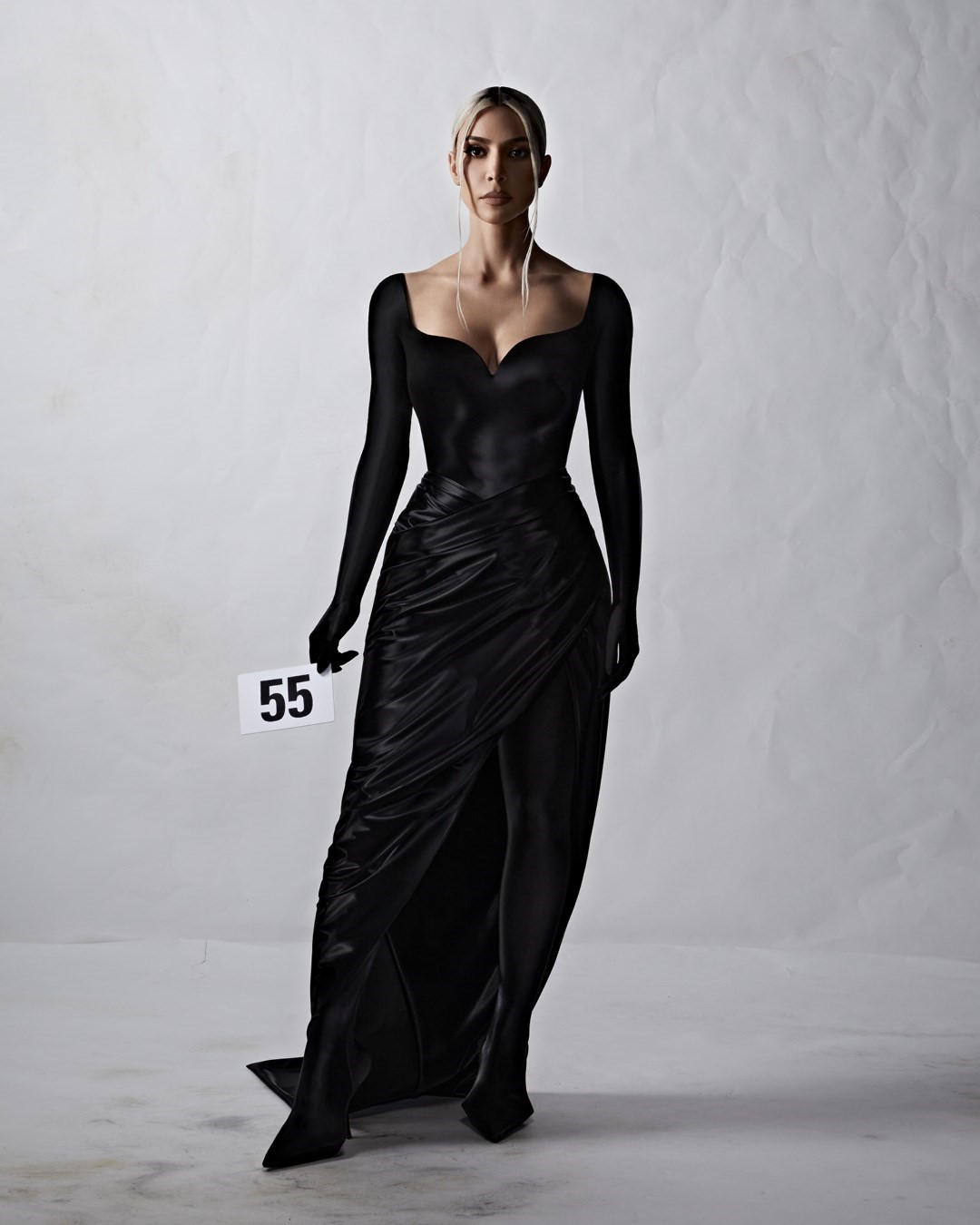
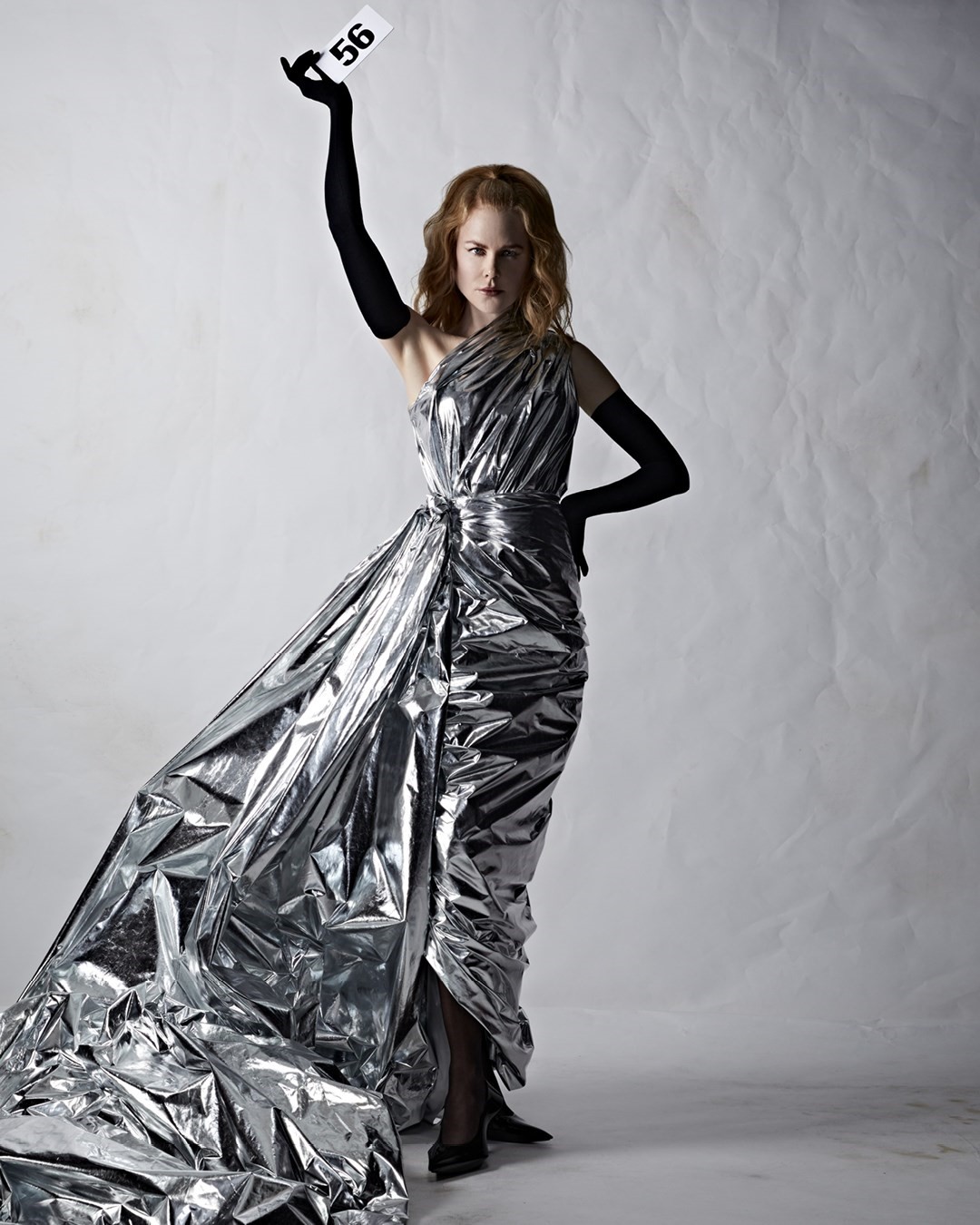
And of course, it always looks new. Last time, the bathrobes of laser-shredded, leather-like fur and the ballgowns with Raggedy-Ann embroidery over tuxedo trousers looked new. This time, it was ferocious carved-out neoprene dresses and suits, Mercedes-manufactured face-visors and handbags-cum-boomboxes by Bang and Olufsen, all pitched forwards on moulded rubber ‘Space’ pumps. Yet what is also interesting, for a fashion geek like me, is tracing all that stuff back, finding a lineage that draws it back to Cristóbal, to the heritage of the house. And there is always one there. Take that neoprene: light-absorbing, intense, those opening looks seemed about absence rather than presence: bold dark silhouettes, that looked as if they had been cut out of the salon of the Avenue Georges V. It was said that in each collection there was a black dress, made by Cristóbal Balenciaga’s own hands, that summarised the shifts of every season. I thought about those dresses, looking at these looks. The crumpled T-shirts, backed with aluminium to defy gravity, were echoes of gazar, a thick silk with the texture of cardboard that Balenciaga used to sculpt into his most extreme silhouettes. Demna here used silk to craft dresses with annular projections – one in red satin, another, in pink, he dubbed “the Shark”, with a projection of fabric spearing out of the spine. And Balenciaga’s love of extravagance for evening – of thick embroideries like matador costumes, of feathers frothed to abstraction, transforming a woman into a quivering porcupine of spikes, was reflected in a dress crated from ‘feathers’ of black silk organza.


Hell, even the face shields and speaker bags can throwback to Cristóbal – Demna once told me that his idea for couture was, simply, absolute excellence in every aspect – Bang and Olufsen being the ‘couture’ of sound systems, for instance. Couture today is all about maximising publicity – something antithetical to Balenciaga, who loathed the press to such a degree he banned them from his salons until a month after he had shown his clothes to clients and buyers. But it’s been that way since the 1990s – back then, Giancarlo Giammetti once described the prohibitive cost of creating Valentino’s couture collection as its “advertising budget”. And what models are more excellent for publicity than the likes of Kidman and Kardashian? Perhaps you can’t get more couture than that. It certainly felt new.
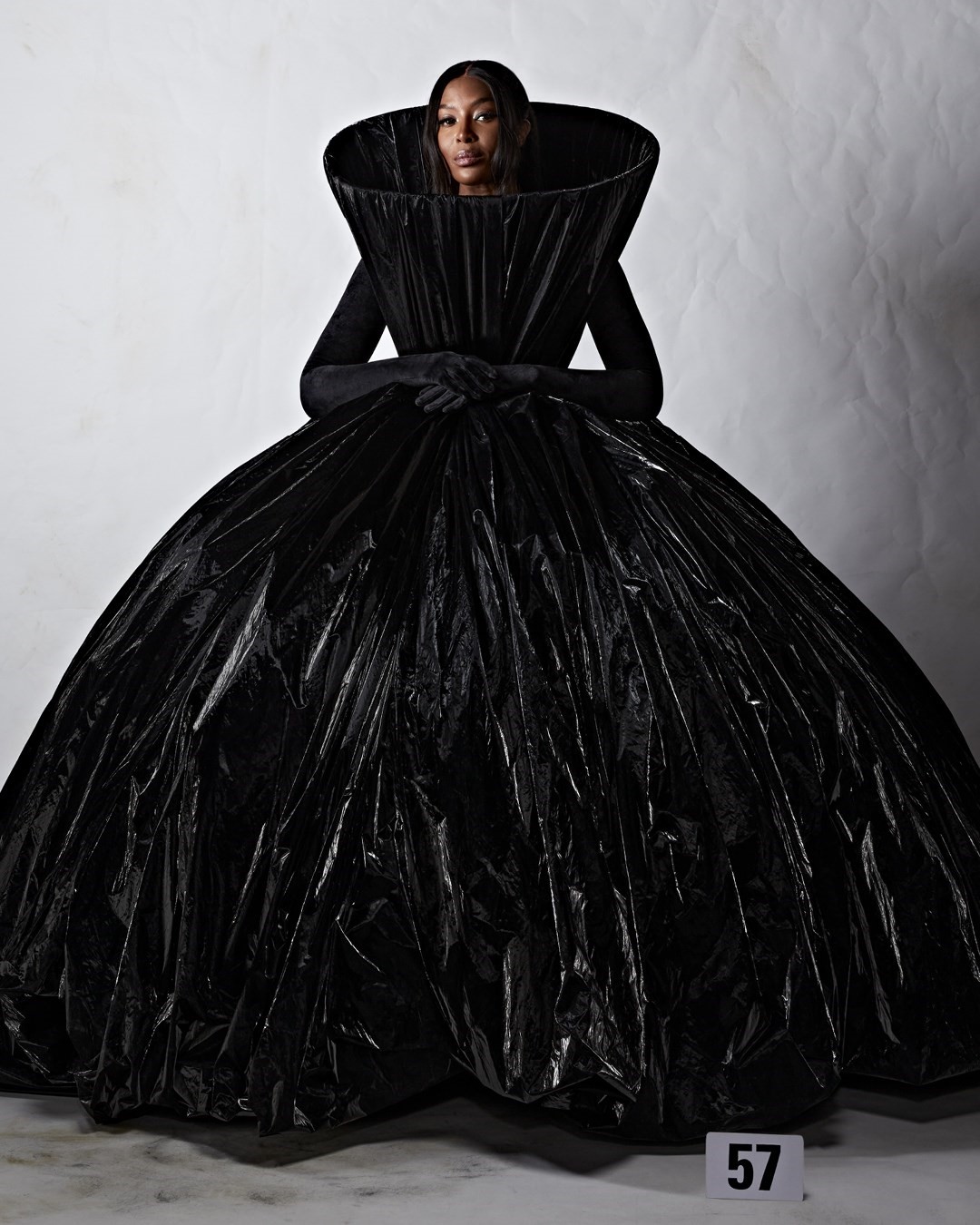
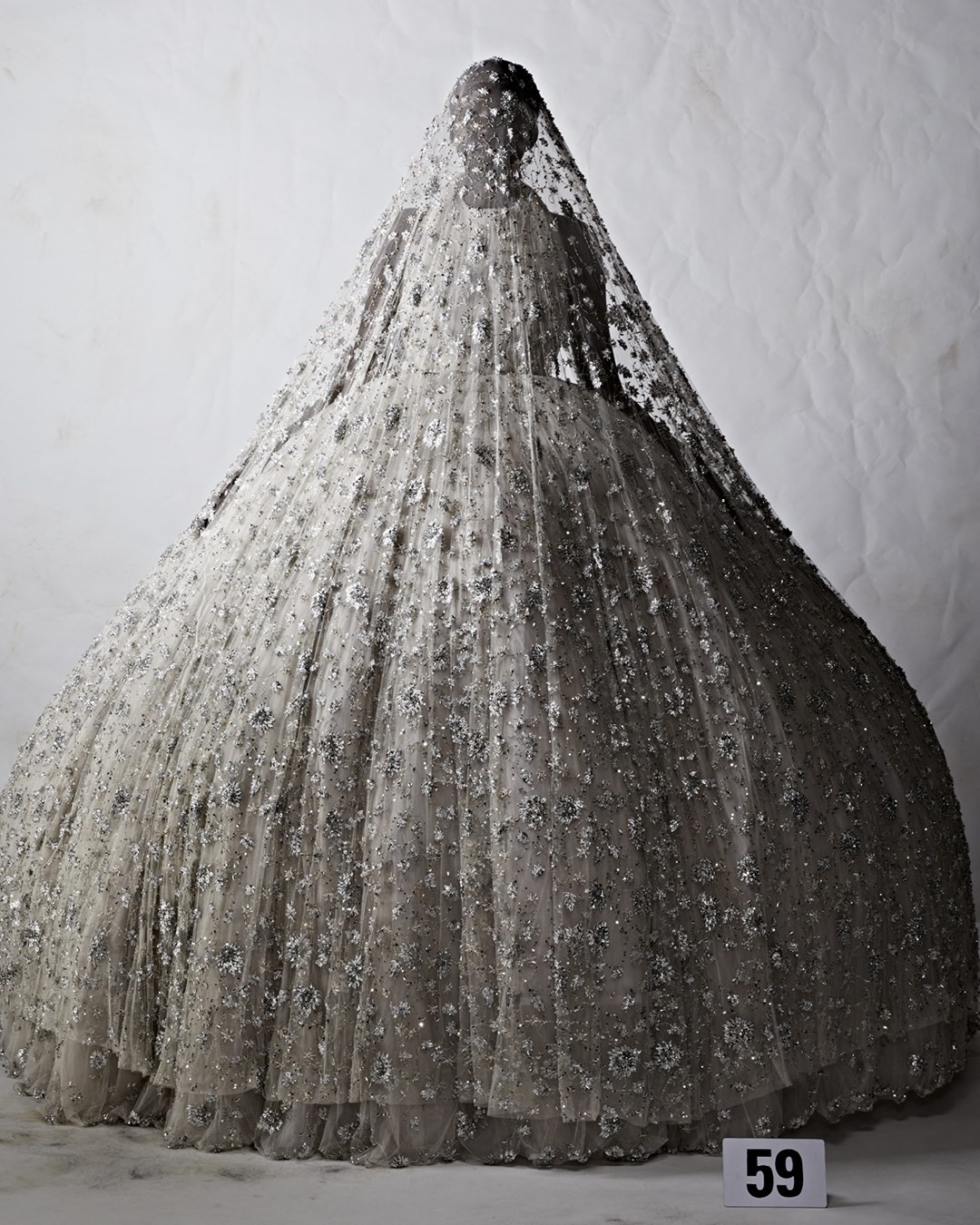
That is the thing that stuck you, again and again. The modernity of the vision, the razor focus, the absolute belief. If many throw back to the classic, the timeless and the heritage through couture collections – clothes constructed to last forever and hence, perhaps, shrugging off a sense of the here and now in favour of the eternal – Demna’s work feels resolutely of the moment, even prescient of what is coming next. There are room for all kinds in couture – romantics, realists. Demna, like Cristóbal, is a futurist. He’s not so much dressing the world today, as anticipating how it will dress tomorrow.
